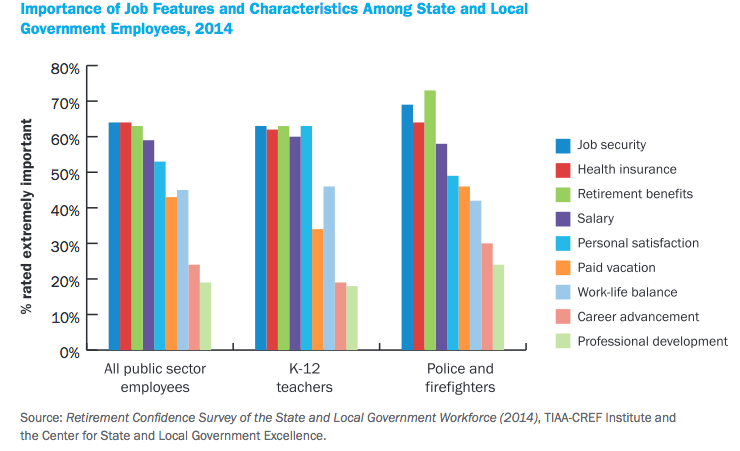CalSTRS recently announced its plans to eventually manage 60 percent of its assets internally. According to a recent survey, a majority of pension funds are beginning to think the same way.
A survey by State Street released this week found that 81 percent of pension funds are planning to bring more investment management duties in-house in the near future.
From BenefitsPro:
81 percent of funds are exploring bringing more management responsibilities in-house over the next three years.
Cost concerns are driving the trend, as 29 percent of funds said it is becoming more difficult to justify the fees paid to outside managers.
“Pension funds’ desire to deliver strong investment returns to their participants coupled with improved oversight and governance is leading to a need for more in-house accountability for asset and risk management,” said Martin Sullivan, head of asset owner sector solutions for North America.
The State Street data doesn’t suggest that outside management will become obsolete, but rather that pension funds are becoming more judicious about how they select and manage outside relationships.
The largest funds have the capacity to handle multi-asset management in-house, but they are in the minority, Sullivan noted.
“The majority of pension funds will need to make a choice about where to be a specialist and when a sub-contractor is needed,” he said.
The survey examined responses from 134 defined benefit and defined contribution funds around the globe.
The survey also found funds are willing to take on more risk:
While pensions funds re-examine their relationships with outside managers, 77 percent are also reporting a need to increase their risk appetite to boost lackluster returns.
That means a greater push into alternatives, as equities and fixed-income “may look pricey.”
“Pension funds are finding that a small allocation to alternatives is not sufficient to generate the required growth. This is forcing many of them to place bigger bets on alternatives,” according to the report.
The full report, called “Pension Funds DIY: A Hands-On Future for Asset Owners,” can be found here.









